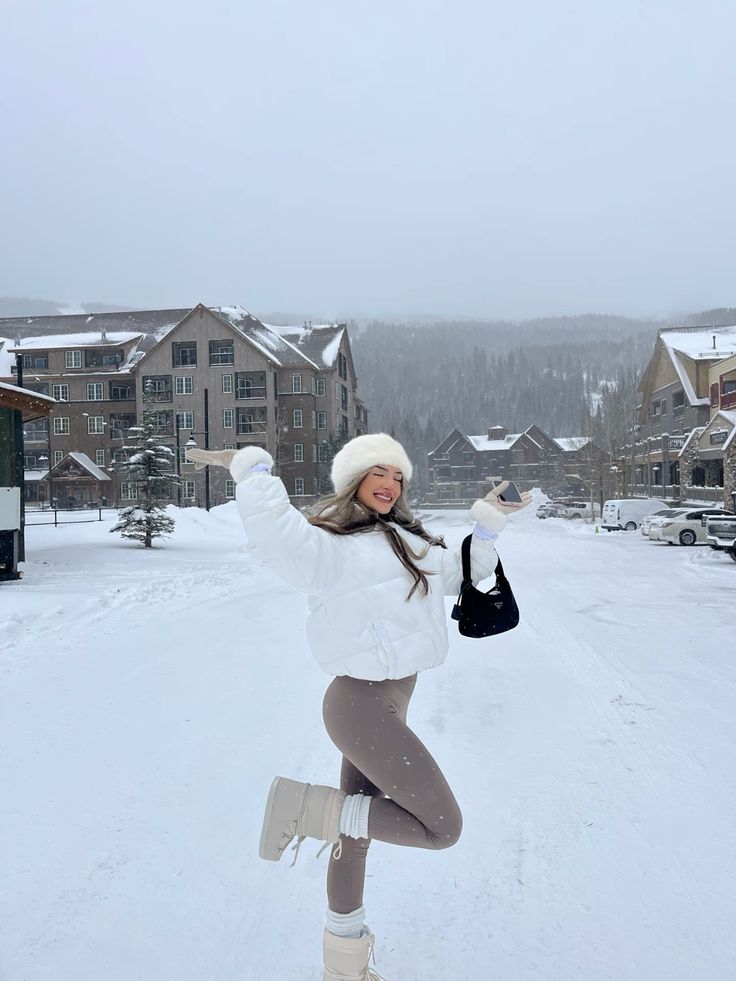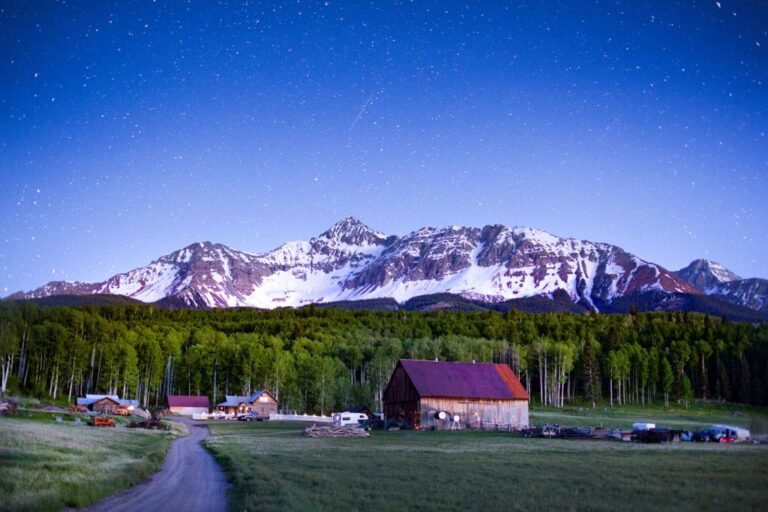Driving From Fort Collins To Steamboat Springs Along The Cache la Poudre River
The last car passed 30 minutes ago. Since then the only life along this lonely length of highway has been four-legged or feathered. Even the radio offers nothing but crackling static. In this high chaparral landscape more suggestive of Outer Mongolia than Colorado, antelope outnumber people. To an urban dweller the sprawling nothingness can be unsettling.
This lonesome stretch of blacktop is the back-door route from Fort Collins to Steamboat Springs. Beginning in Fort Collins, Colorado Highway 14 winds through some of the most diverse geography in the state. At 150 miles long, it’s not the quickest way to Colorado’s northernmost ski town, but for wide open spaces and long sightlines, it can’t be beat. And with 10 hours of daylight ahead, I’m in no hurry.

Morning light spills over the Front Range as I leave Fort Collins. Slipping through a fold in the foothills, I enter Poudre Canyon, a 40-mile gash carved into ancient rock over eons by the Cache La Poudre River. Although the canyon has been traveled for centuries — archeologists have uncovered evidence of visitors dating back more than 8,000 years.
Pateros Creek was the original name for the Cache la Poudre River. It was allegedly named by a frustrated Frenchman who came upon the river. It is said that he had wandered for 20 days without any food. Pateros is the French word for “lake.” A large part of the goods was gun powder. Therefore, the name “Cache la Poudre” translated means “where the powder was hidden.” However, there is a second version of the story. It goes as follows: there was a group of French trappers. They were traveling north and camped along the banks of the river. A massive storm struck during the night, which resulted in a substantial amount of snow. The storm continued for several days. When it finally ended, the trappers decided to lighten the wagons’ loads to cross the river. Supplies were hidden in a pit—a large percentage of the supplies consisted of gun powder. Again, “the hiding place of the powder” is used. This allegedly happened in the 1820’s or 1836. It is not known if the original party was the William Ashley party or a fur trading company.
The river begins flowing in Larimer County, located at the eastern edge of the Roosevelt National Forest. It ends at the confluence of the South Platte River, east of Greeley in Weld County. It is estimated to be 126 miles long.
Traffic is light on this weekday morning. Folks are already out enjoying the cool canyon air. Cyclists hug the shoulder while puffing up the long incline. The day’s first river runners bob downstream on inflated inner tubes. Fly fishermen work the pools and riffles. I stop at pull-outs and wander along worn river rock and sandbars, stopping to watch kingfishers and great blue herons stalk breakfast in the shallows.
Deeper into the canyon, the walls steepen and close in. Passing through the village of Kinikinik, famous as one of the longest palindromic (it reads the same either direction) places in the world, the road leaves the Poudre River and winds out of the canyon through sweet-smelling forests of pine and spruce toward Cameron Pass.

At 10,276 feet, the pass divides the Medicine Bow Mountains to the north from the Never Summer Mountains in the south. In the parking lot, Lycra-clad cyclists unload mountain bikes and wheel into the woods. A trio of Japanese tourists has me snap their photo under the electric blue sky. The scene is classic Colorado, but as I head west off the pass, the view turns apocalyptic, a landscape under siege.
Entire mountainsides, once green with healthy ponderosa and lodgepole pine, are a sickly orange-red. The mountain pine beetle is devastating forests across the state, and the rolling hills and valleys west of Cameron Pass are a prime example of the beetle kill. Scientists fear that continuing mild winters as a result of global warming mean the epidemic will keep spreading across the western U.S.
Coming off the mountain, I drop into North Park, a sprawling glacial basin 35 miles wide by 45 miles long. To the south lies the Rabbit Ears Mountains. North is Wyoming. In between are a few tiny towns and a lot of empty space.

North Park is also moose country. On this summer morning, Moose Visitor Center at State Forest State Park buzzes with life. Dive-bombing hummingbirds, plump goldfinches and nervous nuthatches jam the feeders, but the only moose in sight is a life-size wire sculpture in front. Still, it’s a prelude to the critters ahead.
A few miles before Walden, the dry basin floor abruptly turns into lush wetlands crisscrossed by meandering streams. This is Arapaho National Wildlife Refuge, a managed waterfowl nesting area where thousands of ducks stop each spring and fall. At the overlook just off the highway, a pair of northern harriers patrols the sage hillsides. In the river below, a dozen white pelicans bob and paddle and dip their massive bills into the water as they feed. Swallows chase bugs in the sage-scented air. It’s an unexpected oasis in the high plains emptiness of North Park.
With a population hovering around 750, Walden is the largest town in the valley. The welcome sign proclaims Walden the moose-viewing capital of Colorado, but once again I’m skunked. The only sign of wildlife is a posse of bored-looking teens lounging outside an abandoned laundromat. The main street is packed with dusty pickup trucks and SUVs, their owners patronizing the hodgepodge of cafes, taxidermy shops, guide services and knickknack boutiques.
Beyond Walden, mile after lonely mile of lovely country unfolds, interrupted only by an occasional cattle ranch. Abandoned cabins squat in the sage, the wind whistling through gaping windows and sagging doorframes.
At the western edge of North Park my splendid isolation ends where Colorado Highway 14 meets U.S. Highway 40 and Muddy Pass. Pine and aspen forests appear, and a few miles later I reach Rabbit Ears Pass at 9,426 feet. From here it’s a long downhill coast into Steamboat Springs.
If you have taken the trip from Fort Collins to Steamboat Springs post below and tell us about your adventure.



